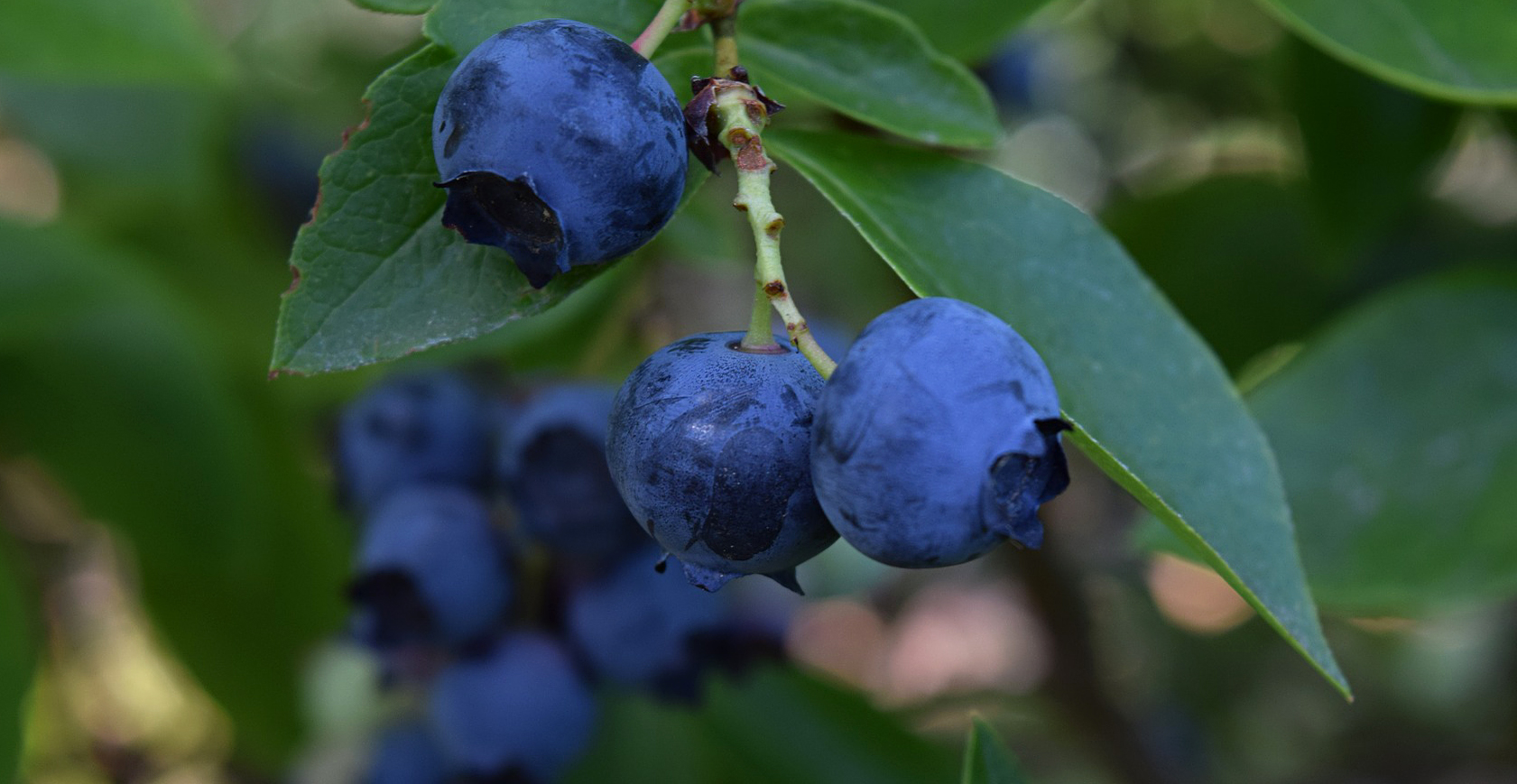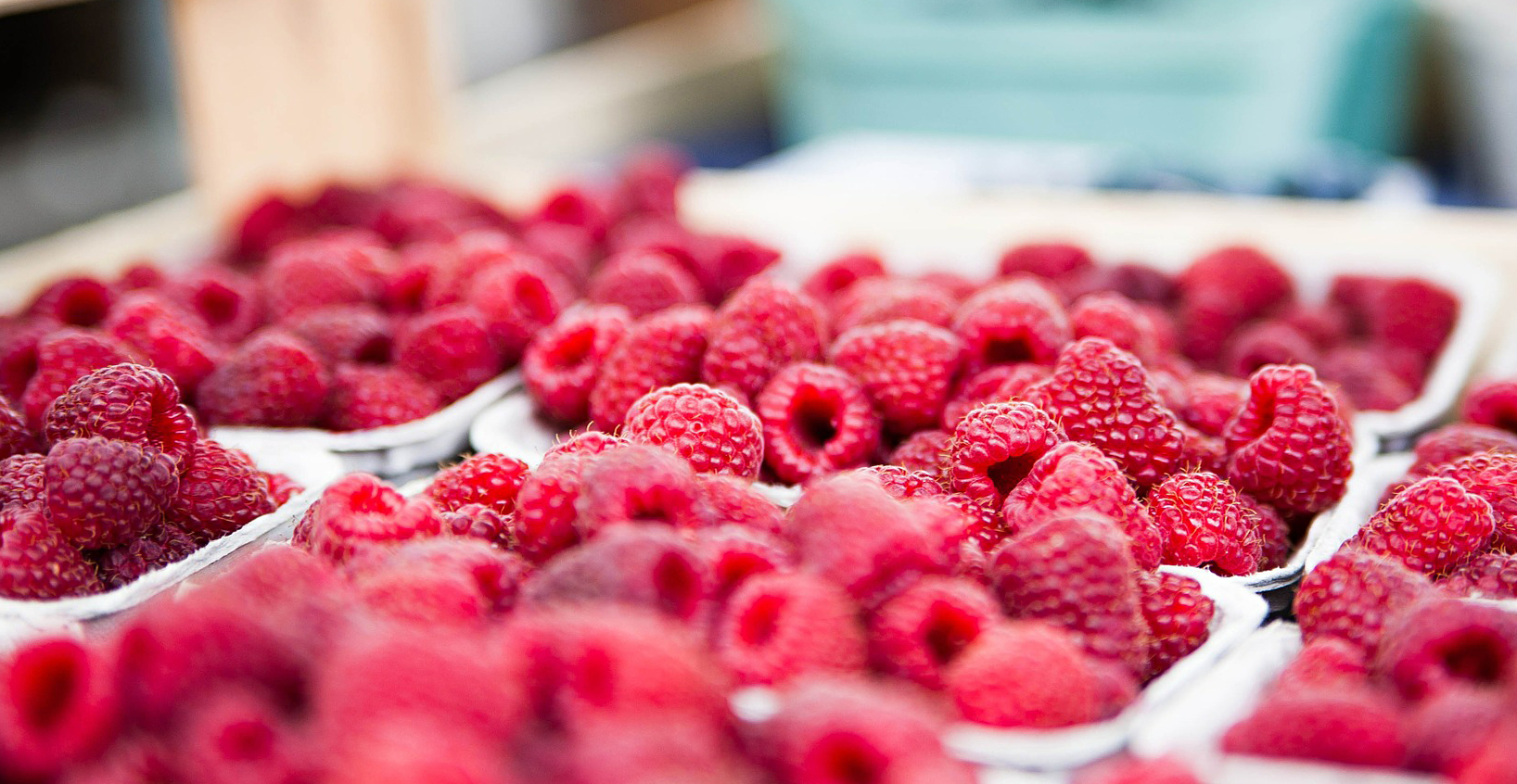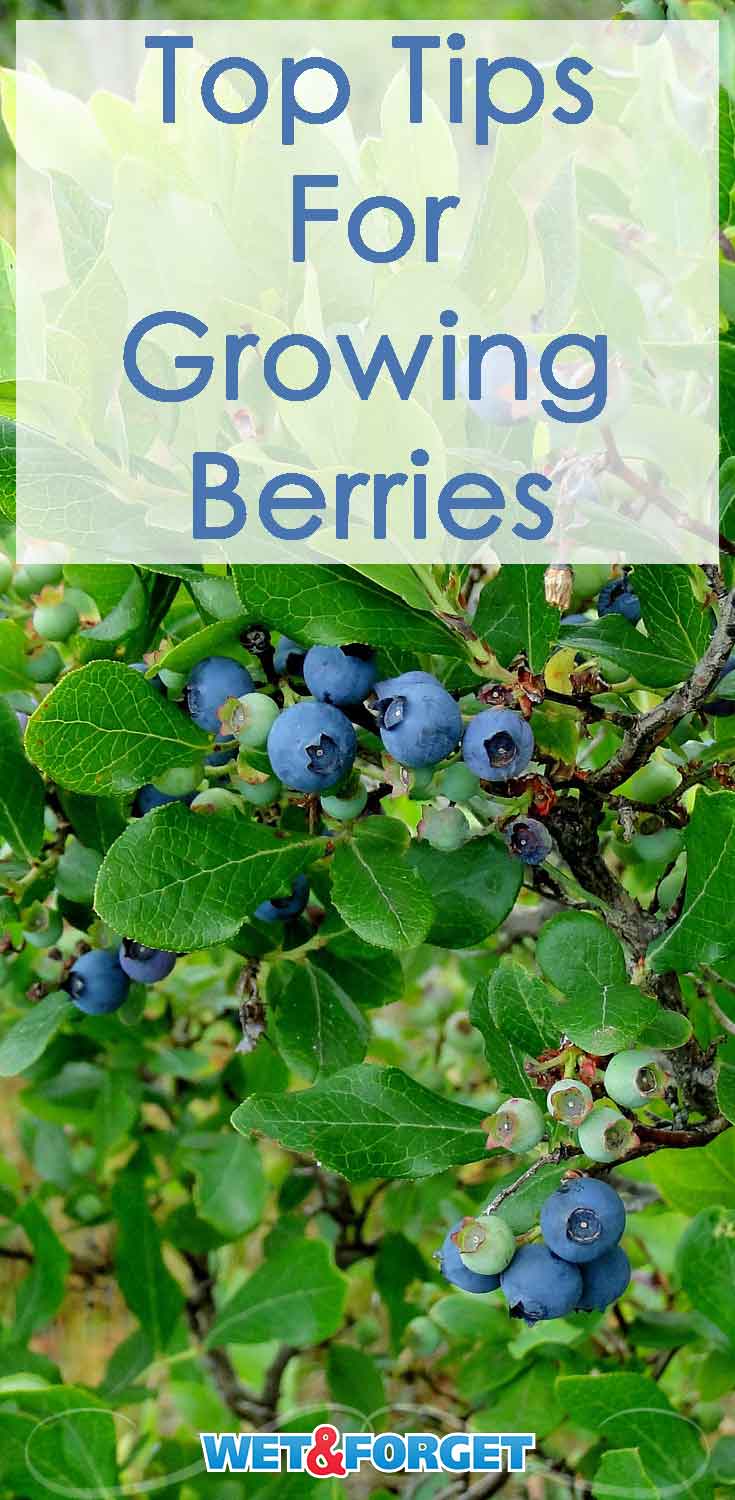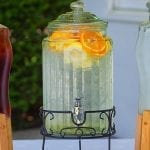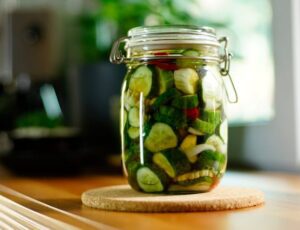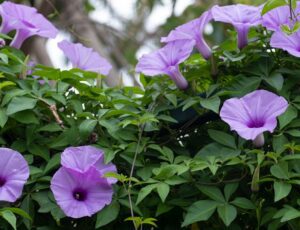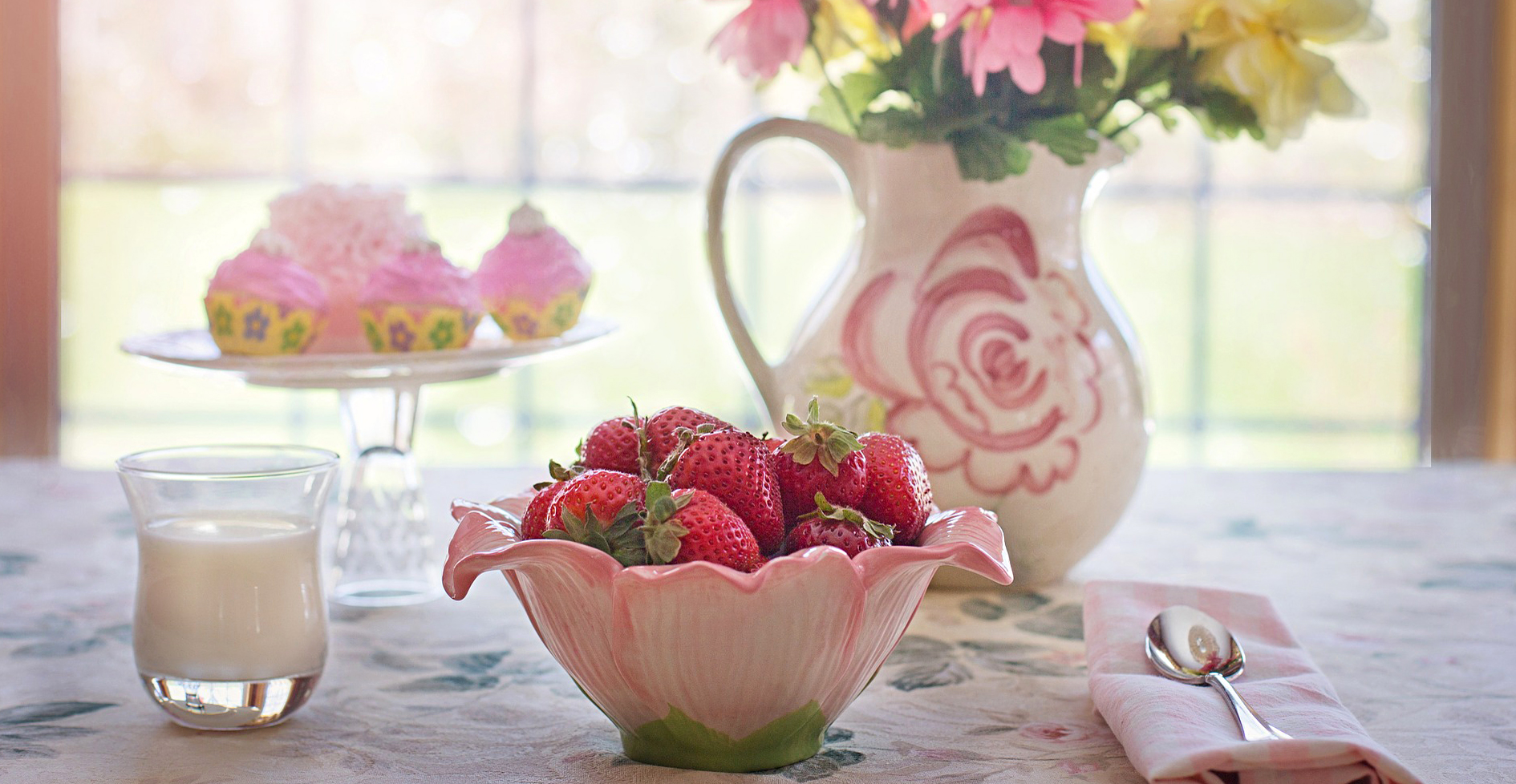
Berry Garden- Add Summer Flavors to Your Backyard!
Oh, the delicious fruits of summer- strawberries, blueberries, and raspberries. Who doesn’t enjoy a big slice of strawberry shortcake? Picnic heaven! Planting a berry garden is easy and fun. Below are a few berry garden tips and ideas for your own backyard berry patch. It’s a berry good idea!
Strawberries
These bright red delights come in three varieties: June-bearing, everbearing, and day-neutral. Strawberries are a hardy perennial that dies back in winter but then grows again in the spring as the soil warms. The plants produce juicy red berries over a 2-3 week period in April, May or June depending on where you live.
Popular Varieties:
June-bearing
June-bearing is the most popular strawberry variety. Most likely because they produce the largest berries.
Popular June-bearing strawberry varieties include Flavorfest (zones 4-7), Earliglow (zones 4-8), and Galletta (zones 4-7).
Everbearing
Everbearing strawberries set fruit twice a year; once in the spring and again in the late summer or early fall. Everbearing strawberries are perfect for a small garden plot.
Popular everbearing varieties include Sweet Kiss (zones 5-8), Elan F-1 (zones 5-8), and Fragola di Bosco- a small, alpine strawberry (zones 6-8).
Day-neutral
Day-neutral strawberries are smaller than June-bearing and everbearing types. At less than one inch in length, day-neutral strawberries provide a good first-year yield. During mild summers this variety may still be producing berries in September and October. Similar to the everbearing strawberry, day-neutral strawberries are excellent for small gardens.
Popular day-neutral varieties include Albion (zones 4-8), Mara Des Bois (zones 4-8), and Seascape (zones 4-8).
Light and Water Requirements:
Strawberries require full sun while growing; at least 8 hours daily. Water strawberries regularly. Furthermore, it’s best to use a drip or soaker hose placed a few inches away from the plants. Mulching your berry garden will hold in moisture, repel weeds, and keep the plants tidy.
Soil Prep: Strawberries prefer slightly acidic soil with a pH between 5.5 and 6.8. Check the soil you plan to grow the strawberries in with a pH meter available at gardening or home improvement stores.
When to pick: The best time of the day to pick strawberries from your berry garden is in the morning when the fruit is cool. Immediately place them in the refrigerator. Rinse with cool water just before eating or preparing for recipes. Finally, strawberries usually ripen in the months of April, May or June, depending on the variety, weather conditions and your growing zone.
 Blueberries
Blueberries
These clever purple-blue gems are a tasty nutritious snack, providing a healthy dose of antioxidants. Blueberry bushes are also perfect for families with young children as the branches and leaves are soft and thorn-free. The plump, juicy berries are sized just right for little hands to pick. You’ll need to plant at least two varieties that bloom at approximately the same time for cross-pollination. Blueberries also make attractive accent shrubs in the landscape.
Popular Varieties:
Northsky
Northsky produces a mid-season harvest of very sweet, sky-blue berries. It also can grow great in garden containers. The showy fall leaves in hues of orange and red and yellow is a bonus. (zones 3-7)
Patriot
Berries grow up to a quarter in size! Patriot blueberries are large, medium blue, and slightly flat. They have an excellent flavor. Patriot will tolerate a heavier, wetter soil while growing in a garden. It’s also self-pollinating, although you’ll get a more plentiful harvest if you plant two or more. (zones 3-7)
Jewel
Known for producing abundant buds and flowers, Jewel produces lots of large, firm berries. These fruit have a bit of a tang when first picked, but then mellow out to a rich sweetness. (zones 4-8)
Light and water requirements: Blueberries prefer full sun to a partially shaded garden location. It is also recommended to keep the soil around the plants evenly moist while they grow. If your plant’s garden soil is alkaline, enhance the pH level by applying a pine needle mulch.
Soil prep: Blueberry plants grow the best in a garden with acidic, sandy, well-drained soil. Test your soil’s acidity with a pH meter. The acidity should be between 4.5 and 5.5 pH while they are growing. In addition, you can boost the soil’s acidity by mixing in peat moss, cottonseed meal, or coffee grounds. Fertilize these plants once or twice per year with a granular fertilizer formulated for acid-loving plants.
When to pick:
Wait until the time the berries grow and turn their characteristic blue before you pick them. Furthermore, when ripe they will easily fall into your hand when touched- no tugging required. Picking season runs from late May to the middle of August, depending on the variety and your locale.
 Raspberry
Raspberry
Raspberries are another summer berry that is healthful, high in fiber, and packed with vitamins A and C. Several varieties fruit twice a year, spring (March-April) and fall (September-October).
Popular varieties:
Joan J
A thornless, heavy fruiting variety, Joan J produces large firm raspberries. (zones 4-8)
Crimson Giant
Bright red, very large and conical shaped, a Crimson Giant raspberry ripens late September to October. In addition, Crimson Giant berries are firm and easy to pick. (zones 4-8)
Heritage
Known for luscious flavor and abundant yield, Heritage is an excellent plant choice for your berry garden. Each berry is firm therefore are ideal for canning and freezing.
Light and water requirements: Each raspberry plant needs full sun; six to eight hours a day.
Soil prep:
Raspberries prefer sandy, loam soil, rich in organic matter. To prevent fungus do not plant raspberries in an area where tomatoes or potatoes have grown in the past year. Raspberries also love moist, well-drained soil. Plant them in early spring. Straw or pine needle mulch will help keep weeds under control. Apply a granular fertilizer before spring leaves appear.
When to pick:
Raspberries are ripe when they look plump and rich in color. Ripe raspberries are tender so pull gently from the plant using your thumb and forefinger. Check for newly ripened berries at least twice a week. Finally, to prevent crushed berries layer them no more three deep in your bucket. Immediately refrigerate.
Interested in more gardening ideas? Click here.

